Hey everyone! For those interested, here is some of Palmyra Atoll’s history..
Palmyra Atoll National Wildlife Refuge (PANWR), located in the equatorial Northern Pacific, has one of the few remaining near-pristine reefs on our planet. The atoll was first sighted in the late 1700s by Captain Fanning, and officially discovered in 1802 when the ship USS Palmyra ran aground and wrecked on the eponymous island’s reef (if you read up on a lot of remote island histories – you will notice that this “ran aground and discovered it” business is a common trend). The island had no native human population and was claimed by the 1850s as part of the Guano Islands Act, but as there was no guano to be mined on it, the atoll’s ownership switched hands a variety of times until it was formally established as a U.S. Minor Outlying Island and was bought by Henry E. Cooper. Soon after, Judge Cooper sold most of the atoll to the Fullard-Leo family, who started a copra (dried coconut meat used to extract oil) plantation on the island.
Given its strategic location, the Navy obtained control of the atoll and other surrounding atolls during World War II. They did some major modifications to the atoll that included building a base and dredging up the lagoon to build a runway and causeways to support the 5,000+ people residing on the island throughout the war years.
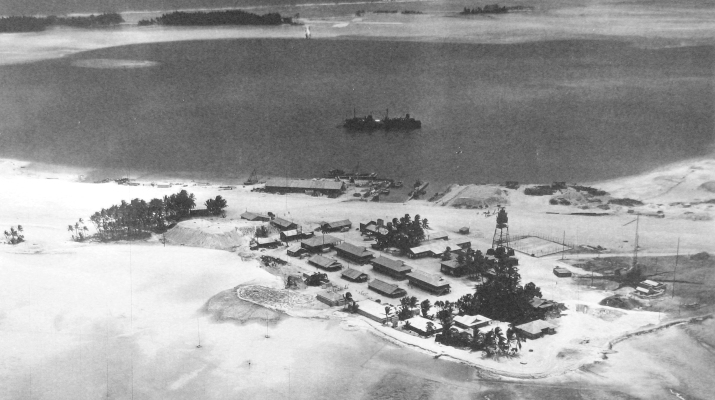
The Naval Station was demolished after the war and after a series of judicial battles, ownership of the atoll was returned to the Fullard-Leo family in 1947. Palmyra remained in the hands of the Fullard-Leos for the next 50 years, and during this time experienced its own double-murder mystery!
In 1974, Malcom “Mac” and Eleanor “Muff” Graham left San Diego and sailed to Palmyra aboard their luxurious sailboat, the Sea Wind. Later that year, Buck Walker and Stephanie Stearns were arrested for theft when they showed up in Honolulu sailing the Sea Wind. No one knew what had happened to the Grahams… According to Stearns, they had discovered the Graham’s dinghy upside down in the lagoon and suspected the couple had been attacked and eaten by the numerous sharks present in Palmyra’s waters. They reported to have searched the Atoll’s lagoons for days before deciding the Grahams were gone for good. Since their own boat, the Iola, wasn’t seaworthy, they decided to sail back to Hawai’i on the Sea Wind instead. However, their story didn’t quite add up. A few years later a South African visitor to Palmyra was walking along the shore and found a metal chest containing Muff’s remains which appeared to have been dismembered, burned, stuffed in the chest, and sunk in the lagoon! Stearns claims she did not know of the murder, but Buck was convicted for Muff’s murder in 1985. Mac’s remains have yet to be found. If you want to learn more about this tiny island’s murder mystery, you should read And The Sea Will Tell by Vincent Bugliosi, Stephanie Stearns’s lawyer. It’s a great story!
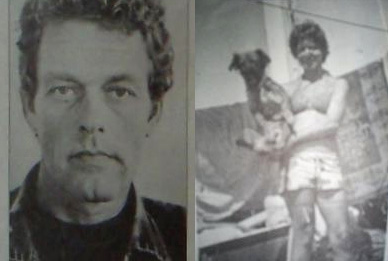
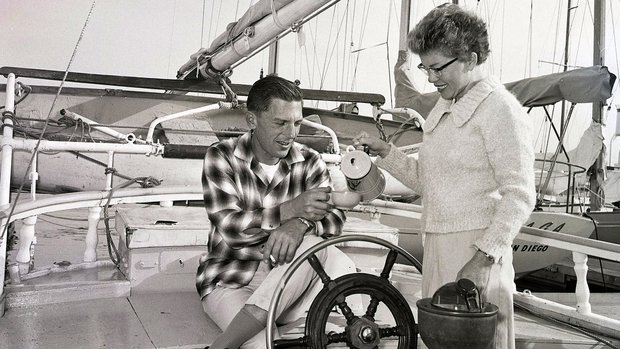
Now cutting back to the main story – in 2000 Palmyra Atoll was purchased by The Nature Conservancy (TNC) and in 2001 the Secretary of the Interior established Palmyra as a National Wildlife Refuge that extends out to 12 nautical miles and is managed by the US Fish and Wildlife Service. In 2009, Palmyra became a part of the Pacific Remote Islands Marine National Monument and its protection became extended out to 50 nautical miles (potentially out to 200nm if Obama follows through with his plan!).
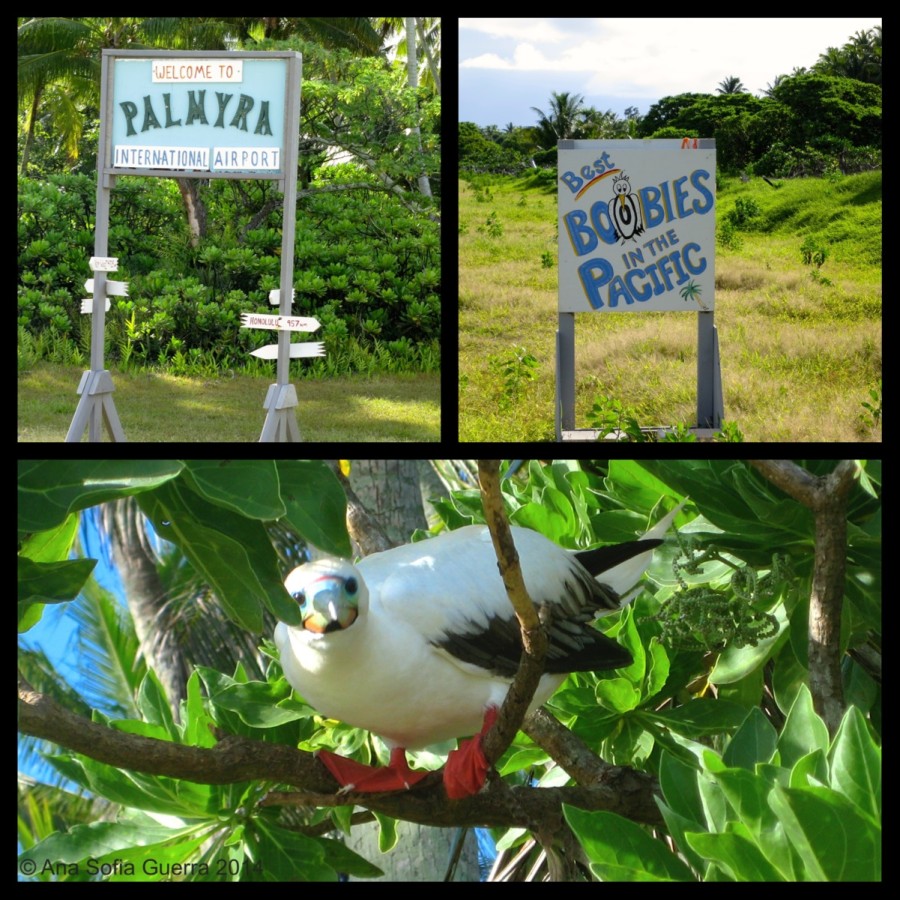
Due to its historical remoteness, past status as a World War II military base, and its current protection by the U.S. Fish and Wildlife Service and The Nature Conservancy, Palmyra’s reefs have not endured nearly as much fishing pressure as any surrounding islands. In some ways, Palmyra is a window to the past – a view of what the ocean may have looked like before human impact.
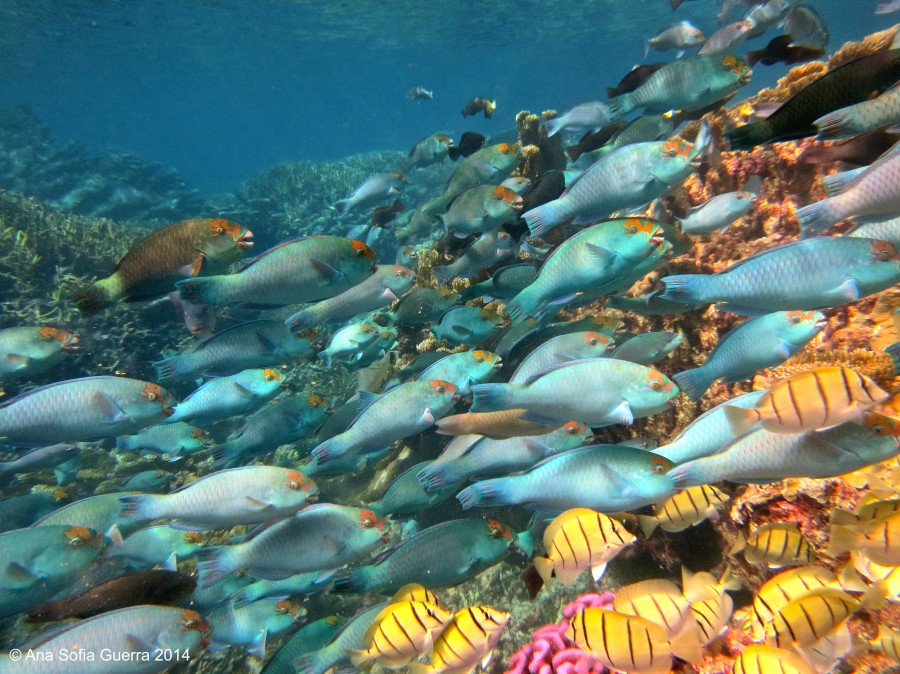
Currently, Palmyra Atoll is managed by the US Fish and Wildlife Service. A research station established and run by TNC is located on one of its islets and serves as base camp for the researchers that work on the atoll. Palmyra hosts a variety of very interesting and cutting-edge research conducted by a number of research institutions all interested in conserving and understanding this incredible corner of the earth.
Next up – manta research!